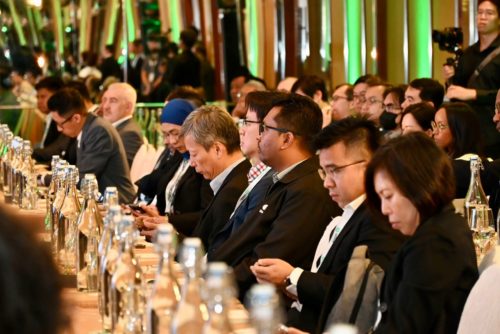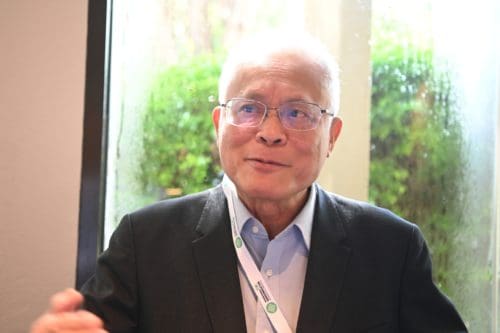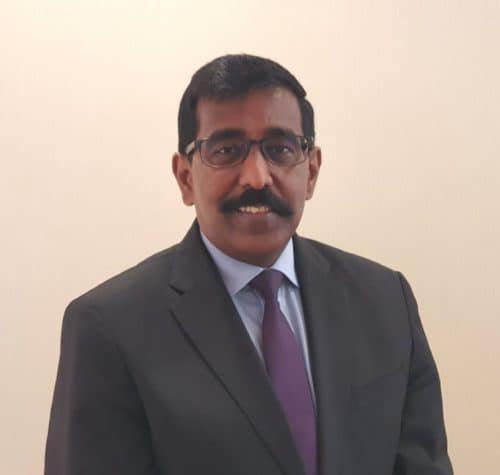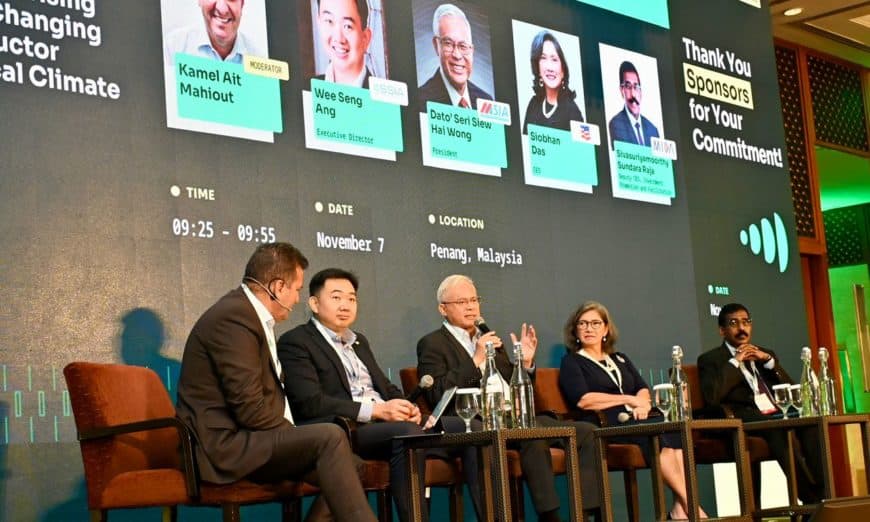OVER the past 50 years, Penang has played a pivotal role in Malaysia’s economic growth, primarily through its dynamic and cutting-edge semiconductor industry.
In 2019, Penang accounted for approximately 5% of global semiconductor exports.
In 2022, semiconductor devices and integrated circuits (ICs) constituted a significant 65.2% of Malaysia’s total Electrical and Electronic (E&E) exports, amounting to a staggering RM386.89 billion (as reported by MATRADE in February 2023).
This robust performance translated to a 7% contribution to Malaysia’s gross domestic product (GDP) and created 590,000 employment opportunities.

Penang currently houses more than 350 multinational corporations (MNCs) from around the world, with a strong presence in semiconductor-based industries like Intel, Micron, Lam Research, and more.
Consequently, Penang has enjoyed multiple spilled-over effects throughout the supply chain, including the growth of local small and medium-sized enterprises (SMEs), the development of a skilled local workforce, and technical expertise.
Penang’s ever-growing prominence in the global E&E value chain has earned Penang the “Silicon Valley of the East”.
However, global geopolitical tensions have periodically challenged Malaysia and Penang’s position in the semiconductor realm.
These challenges often arise from the intensification of US-China rivalry, disruptions in the global supply chain due to the Covid-19 pandemic, and the recent regional conflicts in Europe and West Asia.
Despite these obstacles, Malaysia’s semiconductor industry by far has been resilient.
Key factors contributing to this resilience include a mature and supportive E&E ecosystem, as well as opportunities presented by global tensions.
On top of that, a continuous influx of foreign direct investments can be attributed to the ‘China Plus One Strategy,’ adopted by foreign firms seeking to diversify their supply chain and mitigate risk.
Nonetheless, for Malaysia’s semiconductor industry to thrive further, it must shift towards higher value-added activities.

In an interview at the International Semiconductor Executive Summit (ISES) SEA 2023 yesterday, Malaysia Semiconductor Industry Association (MSIA) president, Datuk Seri Wong Siew Hai, emphasised the need to seize opportunities in IC design.
“The semiconductor industry is what I consider the ‘Golden Goose’ of Malaysia.
“For the past 50 years, we (Malaysia) have been focused on evolving assembly and testing in the E&E value chain from low to high-end technology.
“But recently, more companies are focusing on advanced packaging which is highly complex.
“Here is where IC designing comes into play.
“In this midst of geopolitical tensions, Malaysia should focus on the IC design domain.
“For this to take place, we need the existing and upcoming talent pool to shift their focus to IC designing, step out of their comfort zones within existing MNCs, and become risk-takers in embracing entrepreneurial and innovative roles,” Wong told Buletin Mutiara.
He emphasised that Malaysia should not solely depend on foreign corporations for IC design, services, and development. Instead, the emphasis should be placed on nurturing homegrown IC design corporations.
Penang already houses several homegrown IC design corporations, such as SkyeChip, Oppstar Technology, and Infinecs Systems. Most of them are capable of providing IC designing services and development as intricate as 7nm (nanometer).
Wong stressed the need for Malaysia to support and further develop these homegrown corporations in IC design and development.
The semiconductor industry is projected to reach US$1 trillion by 2030, and Malaysia must act swiftly to fill this void, as other countries aggressively enter the semiconductor sector, including India, Saudi Arabia, and several countries in central Asia.
Several homegrown companies in Penang, like ViTrox Technologies, Globetronics Technology Berhad, and Innari, have already made their mark on the global semiconductor market.
To maintain competitiveness, Wong said Malaysia must encourage these homegrown companies to expand globally and create a network of local global corporations.

Meanwhile, Sivasuriyamoorthy Sundara Raja, deputy chief executive officer of the Malaysian Investment Development Authority (MIDA), who was present at the ISES SEA 2023, said the call for a focus on IC design is reflected in the recent New Industrial Master Plan (NIMP 2030).
He added that MIDA has identified initiatives in the master plan to maintain and enhance the current E&E ecosystem, including partnerships with strategic industries and MNCs, such as Infineon Technologies.
Furthermore, under MIDA, business matchmaking activities, referred to as the Industrial Linkage Programme, have been carried out with local and foreign corporations to identify areas for improvement, such as in machine production.
Wong and Sivasuriyamoorthy participated as panel speakers alongside Sioban Das, CEO of the American-Malaysian Chamber of Commerce (AMCHAM), and Ang Wee Seng, executive director of Singapore Semiconductor Industry Association (SSIA) on the opening day of the ISES Southeast Asia 2023.
The two-day summit, which was attended by many industry leaders, innovators and experts in this region, ended today.
Story by Norman Sim
Pix by Siti Nuratikah Rahmat and Siew Chia En

